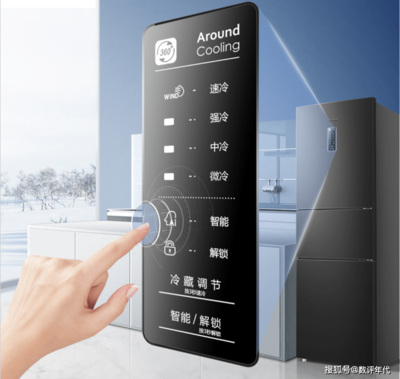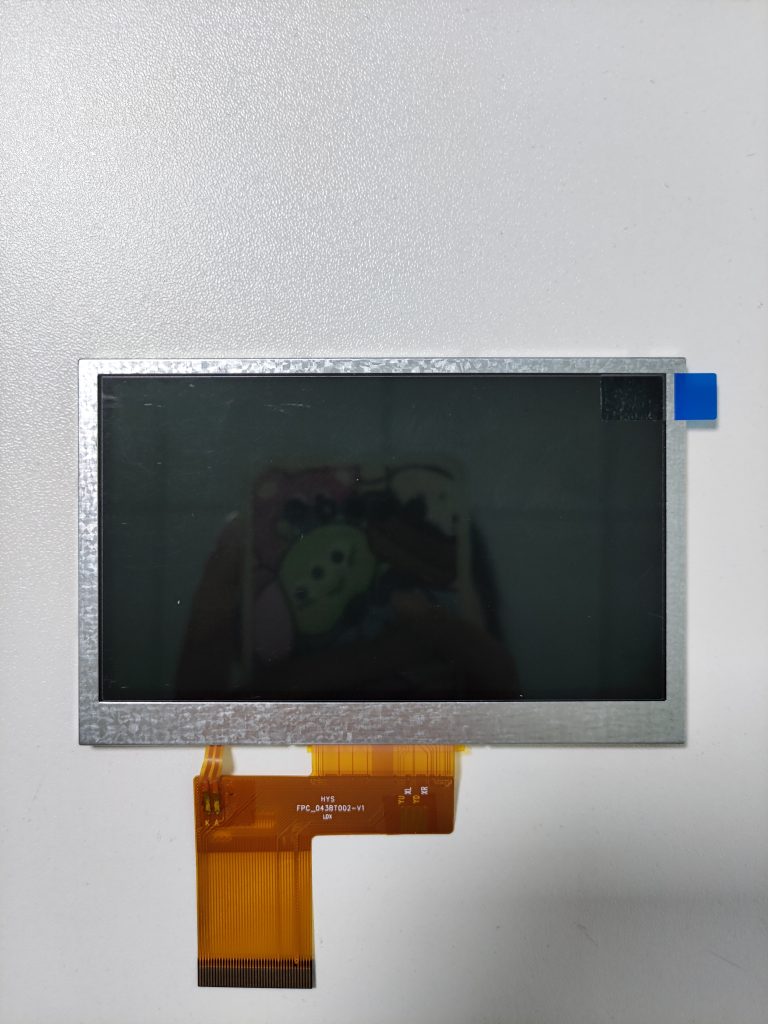Table of Contents
Top 10 TFT LCD Remote Features You Need to Know
TFT LCD remotes have become an essential tool for controlling various electronic devices, from televisions to home automation systems. These remotes offer a range of features that make them versatile and user-friendly. In this article, we will explore the top 10 TFT LCD remote features that you need to know.
One of the key features of TFT LCD remotes is their high-resolution display. This allows users to easily navigate menus and settings, as well as view information such as channel listings and program guides. The crisp, clear display ensures that users can easily see and interact with the remote, even in low-light conditions.
Another important feature of TFT LCD remotes is their touch screen functionality. This allows users to simply tap or swipe on the screen to control their devices, rather than relying on physical buttons. This makes the remote more intuitive and user-friendly, as well as reducing the risk of buttons wearing out over time.
TFT LCD remotes also often come with customizable layouts, allowing users to arrange buttons and controls to suit their preferences. This can be particularly useful for users with specific needs or preferences, such as those who require larger buttons or different layouts for different devices. Customizable layouts make the remote more versatile and adaptable to individual needs.
In addition to customizable layouts, TFT LCD remotes often offer programmable buttons. This allows users to assign specific functions or commands to buttons, making it easier to control multiple devices with a single remote. Programmable buttons can streamline the user experience and reduce the need to switch between different remotes for different devices.
TFT LCD remotes also typically offer a range of connectivity options, such as Bluetooth or Wi-Fi. This allows users to control their devices wirelessly, without the need for line-of-sight or direct contact with the remote. Wireless connectivity can make it easier to control devices from a distance or in different rooms, enhancing the user experience and convenience.

Another key feature of TFT LCD remotes is their compatibility with a wide range of devices. These remotes can often control multiple devices, such as TVs, DVD players, sound systems, and more. This makes them a versatile and convenient option for users who have multiple electronic devices in their home.
TFT LCD remotes also often come with built-in rechargeable batteries, eliminating the need for disposable batteries and reducing waste. This can save users money in the long run and make the remote more environmentally friendly. Rechargeable batteries also ensure that the remote is always ready for use, without the need to constantly replace batteries.
In addition to these features, TFT LCD remotes often offer advanced features such as voice control, gesture recognition, and even smartphone integration. These features can further enhance the user experience and make controlling devices even more convenient and intuitive.
Overall, TFT LCD remotes offer a range of features that make them versatile, user-friendly, and convenient. From high-resolution displays to customizable layouts and wireless connectivity, these remotes have everything you need to control your electronic devices with ease. Whether you’re watching TV, listening to music, or controlling your home automation system, a TFT LCD remote is a must-have accessory for any modern home.
How to Troubleshoot Common Issues with TFT LCD Remotes
TFT LCD remotes are a convenient and essential tool for controlling various devices such as TVs, DVD players, and home theater systems. However, like any electronic device, they can sometimes encounter issues that may hinder their functionality. In this article, we will discuss some common problems that users may face with TFT LCD remotes and provide troubleshooting tips to help resolve them.
One of the most common issues with TFT LCD remotes is unresponsive buttons. If you find that the buttons on your remote are not working, the first step is to check the batteries. Weak or dead batteries can cause the remote to become unresponsive. Replace the batteries with fresh ones and see if that resolves the issue. If the problem persists, try cleaning the contacts inside the battery compartment with a cotton swab and rubbing alcohol to ensure a good connection.
Another common problem with TFT LCD remotes is interference from other electronic devices. If you notice that your remote is not working properly, try moving away from other electronic devices such as cordless phones, Wi-Fi routers, or microwave ovens. These devices can emit signals that may interfere with the infrared signal from the remote. By moving away from these sources of interference, you may be able to improve the performance of your remote.
If your TFT LCD remote is still not working properly, it may be due to a programming issue. Some remotes require programming to work with specific devices. Refer to the user manual that came with your remote to see if there are any instructions for programming it. Follow the steps outlined in the manual to program the remote to work with your device. If you have lost the manual, you may be able to find instructions online by searching for the model number of your remote.
In some cases, the issue with your TFT LCD remote may be due to a hardware problem. If you have tried all of the troubleshooting tips mentioned above and the remote is still not working, it may be time to consider replacing it. Before purchasing a new remote, make sure to check if the issue is with the remote itself or with the device you are trying to control. You can do this by testing the remote with another device to see if it works properly.
In conclusion, TFT LCD remotes are a convenient and useful tool for controlling electronic devices. However, they can encounter issues that may affect their performance. By following the troubleshooting tips outlined in this article, you may be able to resolve common problems with your remote and get it working properly again. If all else fails, consider replacing the remote to ensure smooth operation of your devices.


